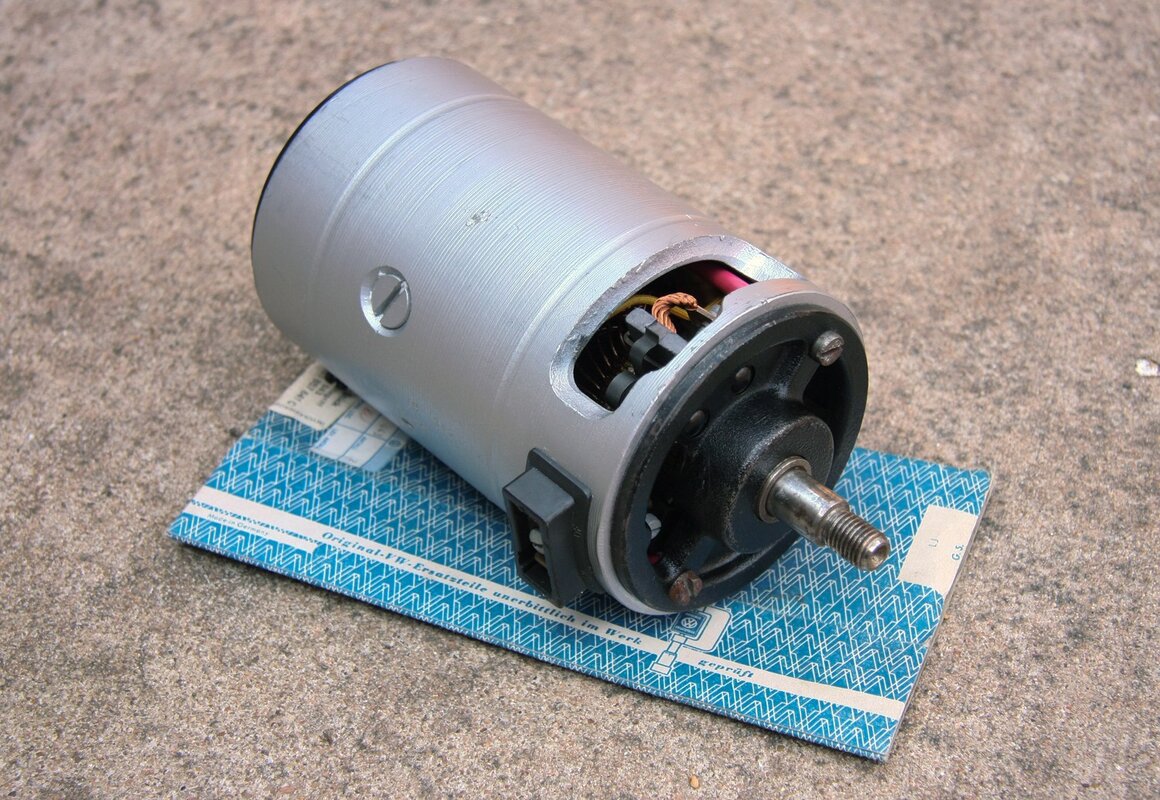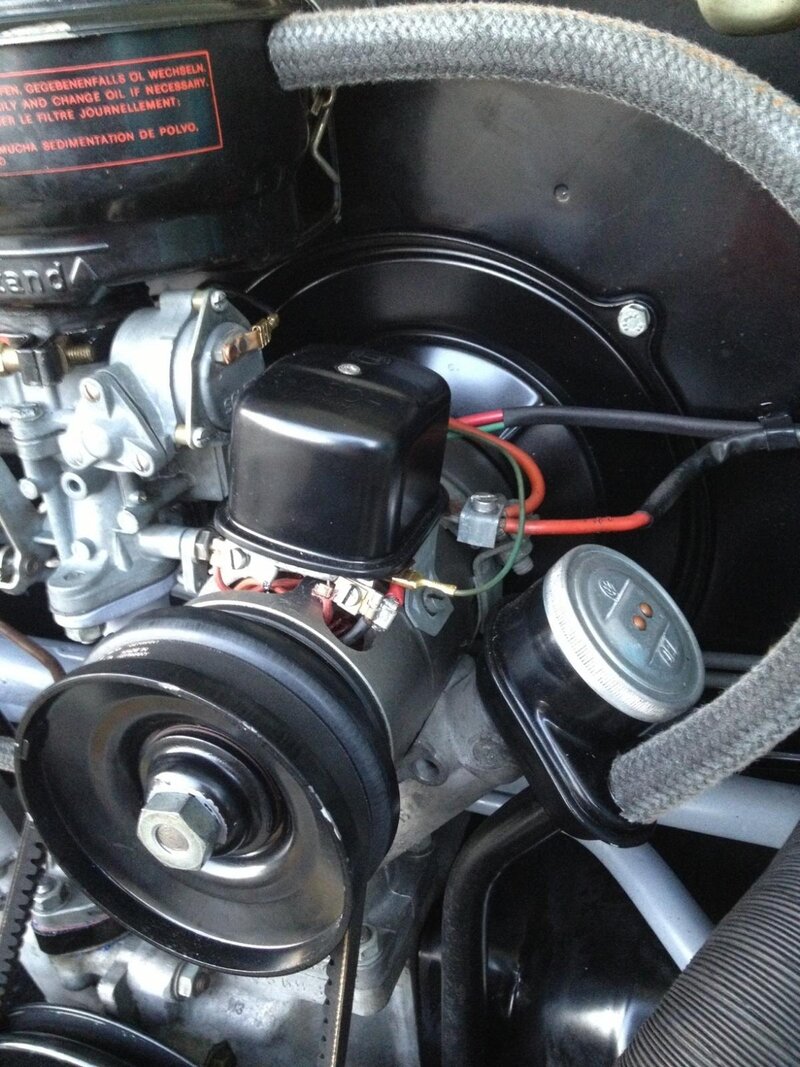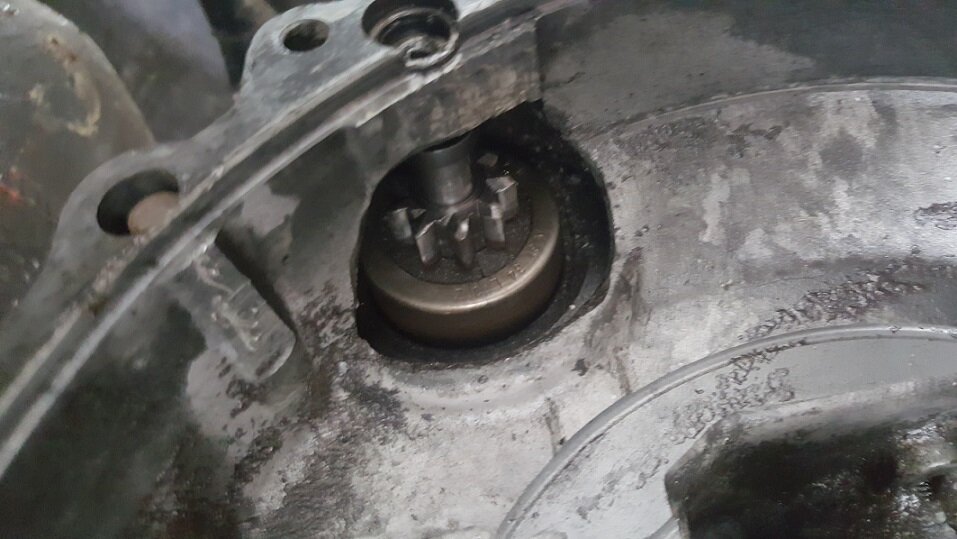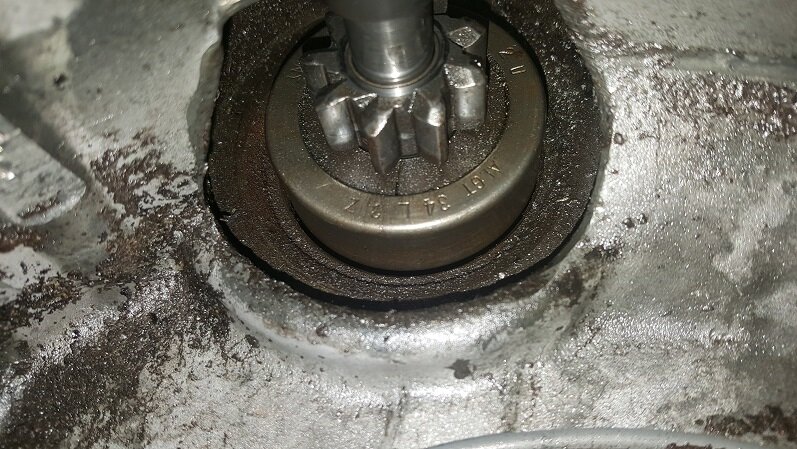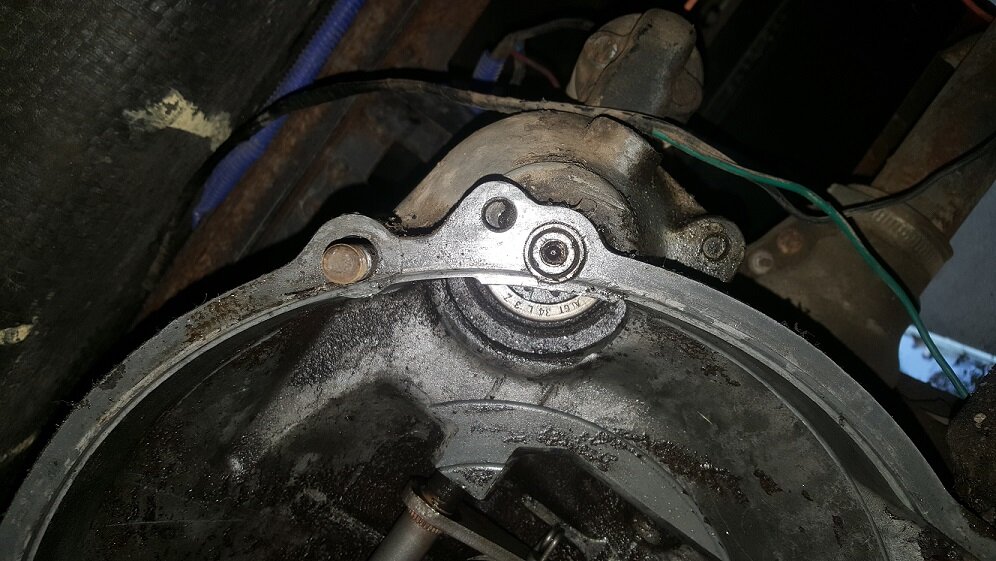Ok.
That would be 109.
So that is a flywheel for a 6 volt starter.
The 6v starter had a different bendix gear.
Starter will run fine on 12v, just dont crank for extended periods. Wait on it to quit spinning before turning the key again.
Check the gen and regulator.
It dont have an original distributor.
I bet it has been converted to 12v.
So now I feel it is a 66 model 1300
That would be 109.
So that is a flywheel for a 6 volt starter.
The 6v starter had a different bendix gear.
Starter will run fine on 12v, just dont crank for extended periods. Wait on it to quit spinning before turning the key again.
Check the gen and regulator.
It dont have an original distributor.
I bet it has been converted to 12v.
So now I feel it is a 66 model 1300

![IMG_20170607_165728_320[1].jpg IMG_20170607_165728_320[1].jpg](https://triketalk.com/data/attachments/18/18667-2f90290405c272cfdb8c0d73183ff430.jpg)
